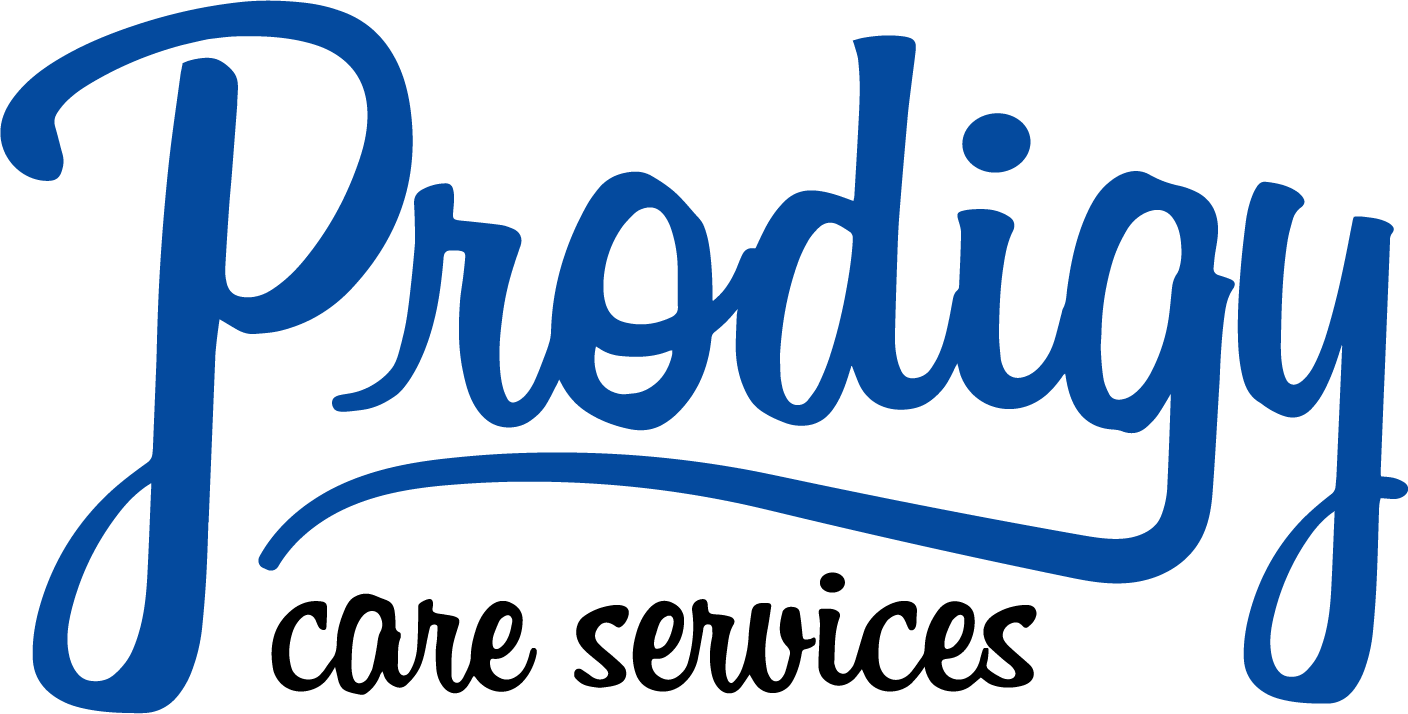Managing High Medical Spend Claims Takes a Multifaceted Approach
It is no secret that putting cost containment measures in place is vital for payers in the face of high medical spend claims. Any number of NCCI Annual Statistical Bulletins will reveal data tables that are capable of putting a face on this challenge. Claims can easily generate medical spend in the mid-five to six-figures and beyond. Some examples include injury categories like Fracture/Crush injuries with average total spend of $59,749.00 ($36,065.00 medical + $23,686.00 indemnity) to Amputations at $113,965.00 ($81,142.00 medical + $32,533.00 indemnity) [1]. With medical spend at these levels, it is essential for payers to be certain they’ve explored all possible cost containment options before processing high medical spend payment to healthcare providers in response to their bills.
First, let’s look at the current tools for high medical spend cost containment. Then we’ll introduce some heretofore new options available to payers. This fresh approach may allow payers to ensure they’ve fully explored all possible high medical spend cost containment. Moving to current options, as payers engage these solutions, they often times appear siloed. Which is to say, a payer may be able to combine two or three cost containment approaches, having to engage different enterprises to do so but not all. The reason being that cost containment vendors tend to see themselves as competitors and not complementary to each other. In rare instances where one enterprise can offer a variety of solutions under one roof, payers may be left wondering whether or not their enterprise partner used the best options for the payer (and their patient) vs. what may have benefitted the vendor.
This array of different options can include engaging a risk assumption company to take over the total cost of medical spend for a fixed payment transfer and manage the patient’s treatment to mutually agreed outcomes. If a complete transfer of the financial risk isn’t desirable, then the payer can explore other self-managed possibilities. Options can include deploying field case management to advocate for and assist the patient and family in medical treatment decision making. Other methods include use of bill review and discounting managed care networks. Using these tools will safeguard that only fee schedule allowed charges are reimbursed. Bill review and managed care networks may also deliver medical spend savings due to provider network participation. A final feature may include additional provider charges being disallowed after targeted clinical and medical coding retrospective review activities.
What may work best is a transparency-based approach to medical spend cost containment allowing payers to work with their existing vendors and make certain that all possible cost containment options are assessed and deployed. Prodigy’s transparency driven solution to high medical spend cost containment works with a payer’s existing vendors in a complementary not competitive manner. The process begins once Prodigy’s payer partner has identified a potential high medical spend claim. Prodigy’s solution can then engage the treating providers alongside a payer’s field case management or in-house clinical management team and begin modeling the potential final medical spend.
By working closely with treating providers, Prodigy’s proprietary solution can simulate future billing. This capability introduces a vital tool for payers as they benefit from real-time medical spend projections. With this modeling underway, Prodigy and its payer partner can proactively assess the cost containment savings options of the payer’s managed care networks. Then Prodigy’s solution will either generate alternate savings possibilities (using its proprietary bill analysis methods) or validate that the payer’s currently available options are in fact the best possible cost containment result.
Also key to a transparent and comprehensive cost containment solution, is its ability to be deployed at any stage in the medical spend, i.e., medical treatment timeline. Payer tools, including bill review and managed care networks, most often deliver a result at the end of the timeline, after treatment has concluded. Case Management may have a positive effect concurrent with treatment due to its ability to affect appropriate care being delivered. But this effect is left unmeasured unless the expertise is employed to simulate medical billing underway based upon treatment being delivered. The current workers’ comp marketplace doesn’t include solutions to deliver valuable payer-controlled medical spend projection and final savings results through the medical spend timeline continuum.
The best potential for an effective cost containment result will have several essential qualities:
Be able to engage with providers and generate credible medical spend simulations in any phase of the medical spend/treatment timeline;
Evaluate the potential financial impact of a payer’s available options; and
Potentially create additional savings outcomes by working effectively with healthcare providers throughout the treatment process.
To produce this type of comprehensive and transparent set of results means that the solution must be capable of being deployed prospectively (prior to treatment), concurrently (during treatment) and retrospectively (post treatment and pre provider payment). The benefits of Prodigy’s transparency-based approach include real-time projections of high expense medical spend events, being able to estimate and validate the impact of existing vendor cost containment options. This solution works seamlessly with all the payer’s vendors and will ultimately produce additional cost savings. Payers are then left with peace of mind, knowing that all possible tools have been deployed to maximize high medical spend control.
[1] National Council on Compensation Insurance’s (NCCI) Annual Statistical Bulletin 2018-2019.

